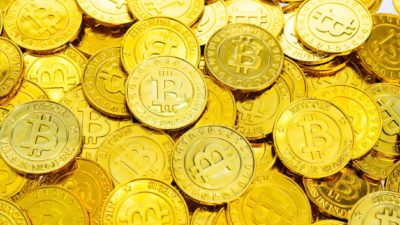One month ago today, on 6 May, the first cracks began to emerge in Terra's stablecoin, TerraUSD (CRYPTO: UST), and the token that was meant to help it remain pegged to US$1, Terra (CRYPTO: LUNA).
At the time the algorithmic stablecoin, UST, was among the leading tokens pegged to the US dollar. And Luna had a market cap of some US$28 billion.
By 12 May the collapse of the tokens and the blockchain that supports them was well underway. UST was down 70% and Luna had dropped 97%.
With the cryptos entering what's called a 'death spiral' as crucial investor confidence evaporated, things only got worse from there.
Unable to rescue the original tokens, Terra co-founder Do Kwon and his supporters have pressed through with the launch of a new Terra blockchain, supported by two new tokens.
Namely TerraClassicUSD (CRYPTO: USTC) and Luna 2.0 which is called, well, Terra (CRYPTO: LUNA). Rather than rebrand the new Luna 2.0, the company changed the name of the original to Terra Classic (CRYPTO: LUNC).
UST itself is no more, and its blockchain has been officially halted. As for LUNC? It's gone from US$86 this time last month to 0.0081 US cents.
Can Terra's Luna 2.0 avoid another 'death spiral'
As part of the rescue plan, Terra 'airdropped' the new Luna tokens to existing holders.
But according to Thomas Dunleavy, senior analyst at crypto research firm Messari (quoted by Bloomberg):
The airdrop was really poorly structured. It rewarded equity holders – LUNA holders – over savers or bond holders – Anchor depositors or UST holders. Any network in crypto is built on trust, by not only users but also builders who commit their time and capital to grow the network.
So, can Terra's Luna 2.0 avoid a repeat of what happened to 1.0?
Time will tell.
But it's not off to a great start.
According to data from CoinMarketCap, the Terra Luna 2.0 price currently stands at US$5.11. That's down 74% from the US$19.54 the token was worth on 28 May.







